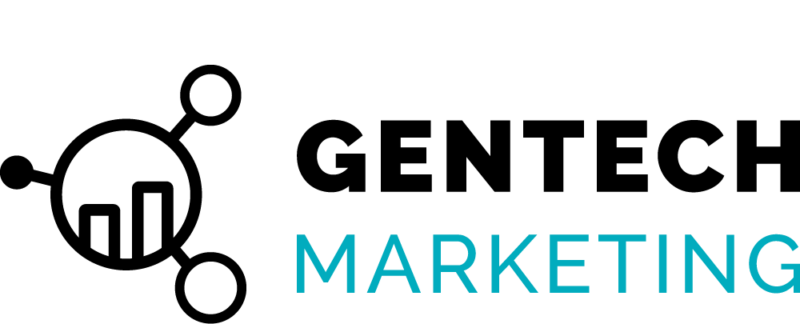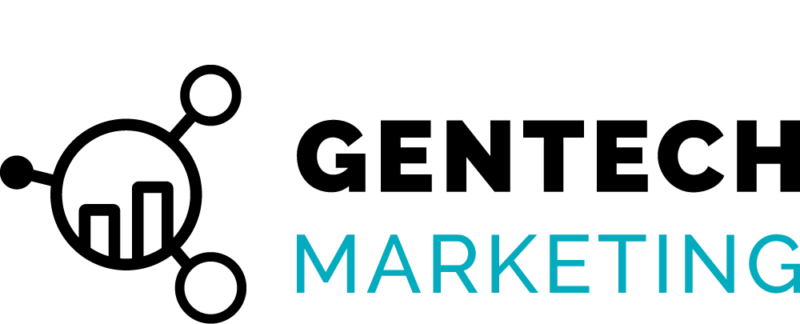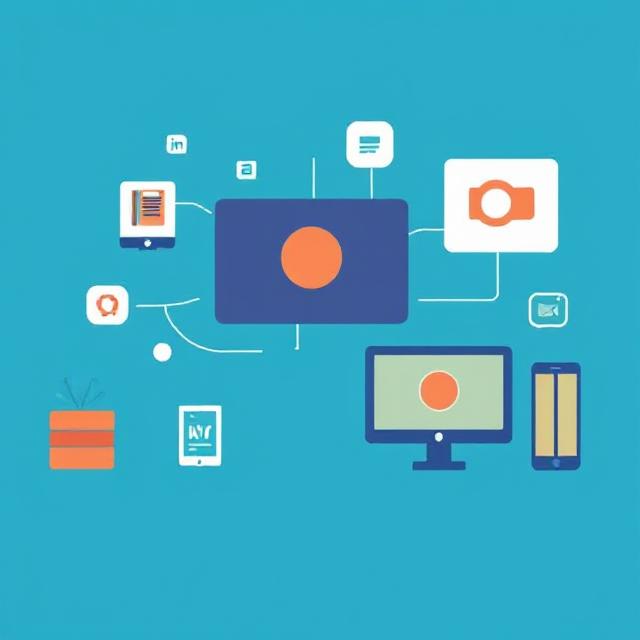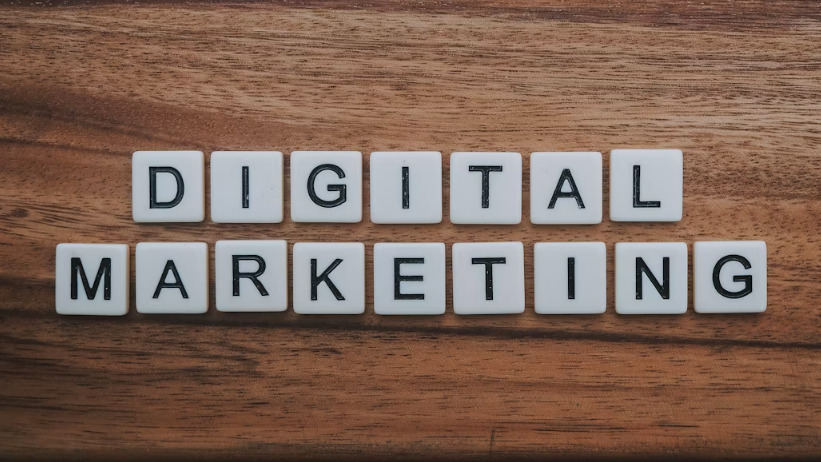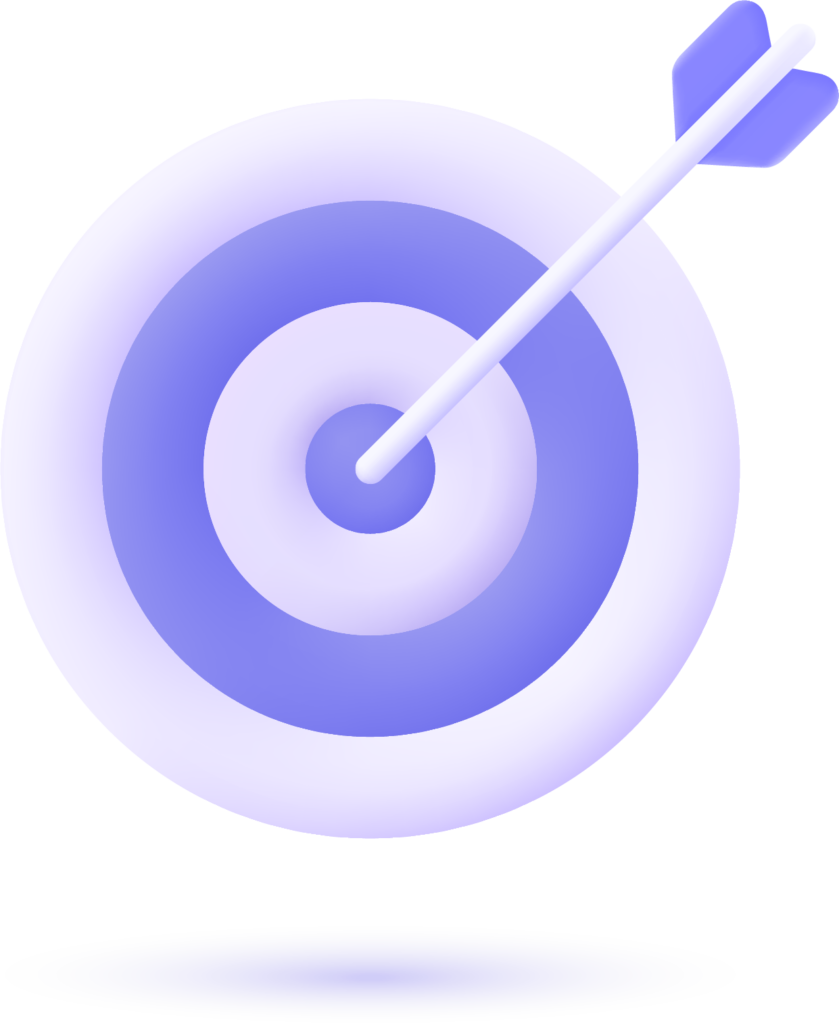Digital marketing is not a side gig anymore; it is where the attention is. In any case, whether you are at a little shop or a national brand, knowing how digital channels behave will help you spend wisely and grow faster. Below you will see ten features that all govern actual campaigns—illustrated with real-life examples that you can use right now.
Table of Contents
Toggle1) Reach That Ignores Borders
A local shop can sell like a global brand. A ceramics studio in Brooklyn can ship mugs to Melbourne after one well-targeted Instagram Reel and a product page that ranks for “handmade speckled mug.” With search, social, and marketplaces, your ceiling is no longer your zip code. The constraint is relevance, not geography.
Try this: add location pages and international shipping details. If searchers in Singapore can see shipping times and duties up front, they’re far more likely to buy.
2) Small Budgets Can Still Win
You don’t need a billboard to get noticed. A ₱5,000 (~$90) Meta test with three images, two headlines, and one clear call-to-action can prove which angle converts before you scale. Organic content, email, and partnerships stretch budgets even further. Because results are measurable (more on that below), you can dial spend up only when it’s working.
Avoid this mistake: boosting random posts without an objective. Choose one—traffic, leads, or sales—and measure only that.
3) You Can See the Numbers
Traditional media asks for faith. Digital demands proof. Analytics tools help you know where your visitors came from, what they clicked, and where they dropped. Analytics show the story in dashboards: bounce rate, add-to-cart, cost per result, and lifetime value. If the analytics say your landing page bleeds visitors on first scroll, you don’t guess—you fix the fold and test again.
Quick win: set up micro-conversions (scroll depth, video plays, email sign-ups) in addition to final purchases.
You’ll spot friction earlier.
4) Precision Beats Spray-And-Pray
Modern platforms let you aim by intent, not just demographics. Someone searching “best hiking boots for wide feet” is closer to buying than someone who merely “likes outdoors.” Search ads capture the first group. Retargeting and lookalikes help you nurture the second. Different intent, different creative.
Practical move: build audiences from real behaviors—cart abandoners, repeat readers of a certain blog category, past purchasers with high order values—and speak to each differently.
5) It’s a Conversation, Not a Broadcast
People reply. They comment, DM, and tag friends. That back-and-forth is an asset if you treat it like one. A quick response to a shipping inquiry can save a lost sale. A well-crafted reply to a negative review can turn a critic into a supporter—and shows everyone else that you are paying attention.
Operating rule: respond within the hour during business hours. Even a short “We see this—on it!” sets expectations and calms nerves.
6) Personal Beats Generic
Your audience doesn’t all want the same thing. Show first-time visitors social proof. Show returning readers a content upgrade. Email past buyers about accessories that match their purchase. On-site personalization shouldn’t feel creepy; it should feel helpful.
For example, a skincare brand asks three questions—skin type, main concern, and budget—and puts together a three-step routine. That quiz fuels both product pages and lifecycle emails.
7) Always Open, Always Reachable
Search happens at 2 a.m. on a phone. If your site lacks speed and mobile-friendliness, you don’t even exist when it matters. Live chat, help centers, and straightforward FAQs keep customers moving, not waiting for office hours. The brand that answers first often wins by default.
Checklist: compress images, enable caching, simplify navigation, and make the checkout tap-friendly. Speed is a feature, not a bonus.
8) Change Course Fast
The internet shifts by the hour. Your plan should too. If an ad set spikes in cost, pause it. When a creator’s video goes viral on a different angle, spin up a landing page for that exact angle and ship an email campaign on the same day. Testing is not something we do once a quarter; it’s a weekly discipline.
Cadence examples that work: One creative test a week, one offer test a month, one positioning test a quarter.
Keep logs so learnings compound.
9) Many Ways to Tell the Story
Some people read, watch, and skim. Online channels allow you to reach each group where they are: a 1,000-word overview for searchers, a 45-second demo for social users, an infographic for people who like to skim, and a webinar for thoughtful attendees. Great campaigns will reuse the same central idea across different formats without it feeling redundant.
Tip: build a “content spine”—one flagship piece—then atomize it into clips, carousels, quotes, and email angles.
10) Move In the Moment
A sudden heat wave? Run a three-day free-shipping promo on summer gear. A new regulation? Publish a plain-English explainer before competitors do. Real-time relevance shows you’re awake, helpful, and worthy of attention.
Guardrail: speed without accuracy backfires. Create a lightweight approval path so timely posts still get fact-checked.
Bringing it together
Digital marketing isn’t magic. It’s a set of habits: measure, adjust, personalize, and show up where the customer already is. Start small, learn fast, and invest in what the data and your customers keep validating. Do that long enough and your “marketing” becomes a steady engine—less guesswork, more growth.
Contact GenTech Marketing for more information.
FAQs
1) How long does it take to see results from digital marketing?
It varies by channel. Search engine optimization often needs 3–6 months to compound. Paid ads can drive traffic the same day, but they still require a week or two of testing to stabilize. Once you’ve been able to build a healthy list, email and SMS demonstrate impact very quickly. Use the leading indicators while you track them, and before the revenue shows – click-through rate, cost per add-to-cart.
2) Is SEO or PPC better for a small business?
Use both, but for different jobs. PPC buys immediate visibility and validates which messages convert. SEO builds durable, compounding traffic that lowers acquisition costs over time. Many teams test keywords with PPC first, then create SEO pages around winners.
3) What skills are most important for digital marketing?
Clear copy, clean analytics, and creative testing. If you can explain value in plain language, measure performance correctly, and run structured experiments, you’ll outperform fancier tactics. Channel skills (Meta, Google Ads, TikTok) change often; the fundamentals don’t.
4) What types of content work best right now?
Short video for discovery, in-depth guides for search, and helpful emails for retention. Mix formats around one idea instead of chasing every trend. The best content answers a question, removes a risk, or shows the product solving a real problem.
